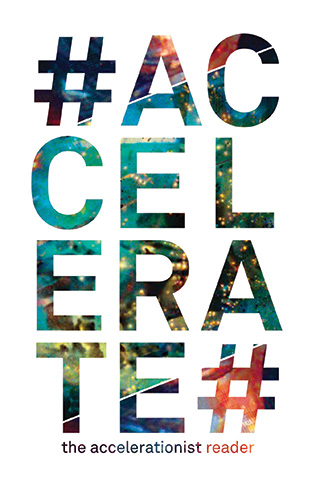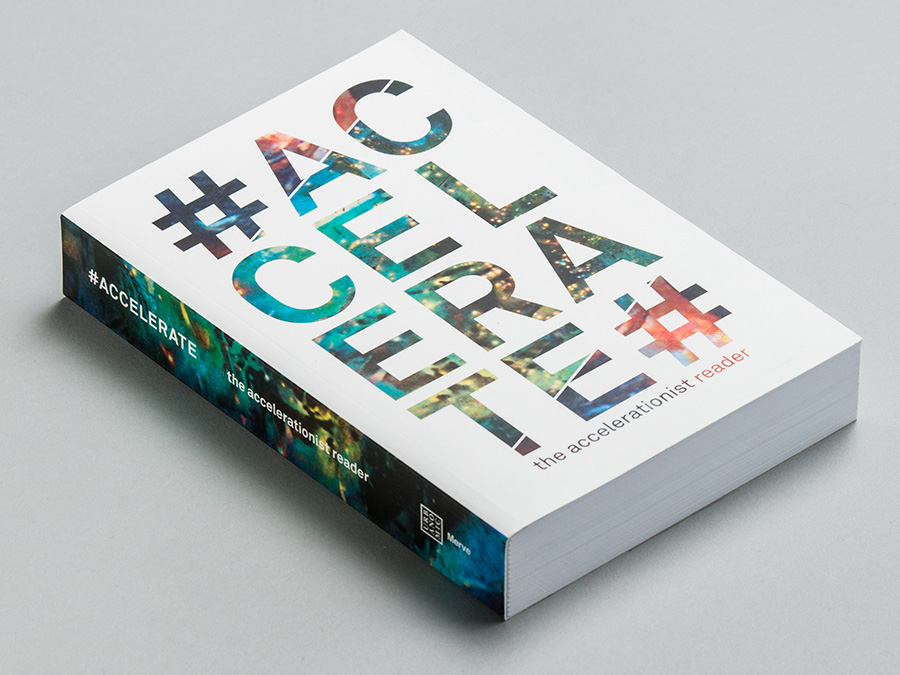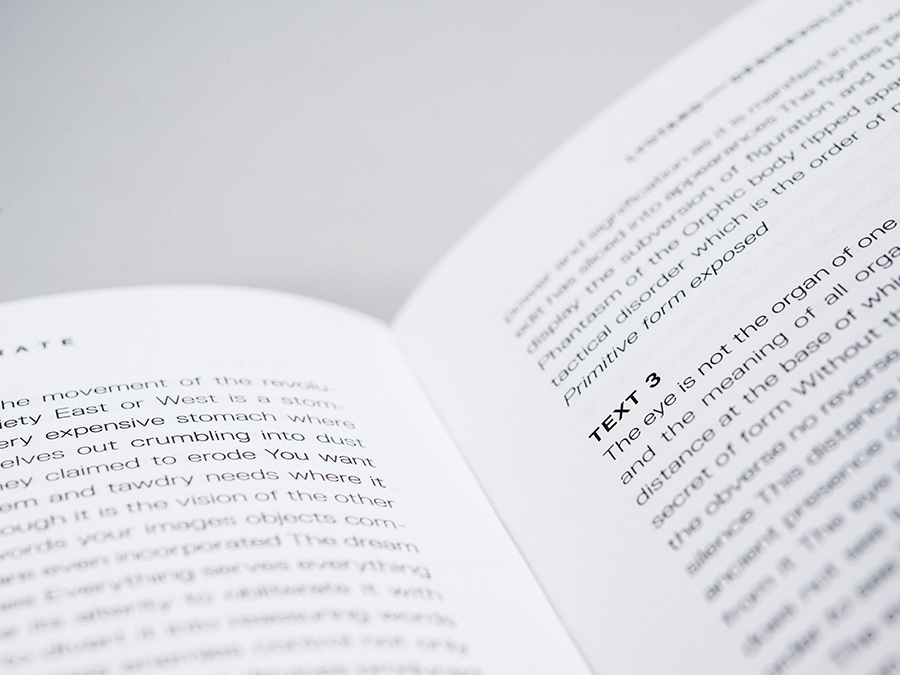Sylvia Jeffreys and Lisa Brown

FRANK REDWARD/SYDNEY MORNING HERALD
Kirsty Bryant, right, received her mother Michelle’s uterus in a 16-hour surgery that may allow her to carry another child to term.
A 30-year-old woman has become the first Australian to receive a transplanted uterus in a medical breakthrough at the Royal Hospital for Women in Sydney.
Kirsty Bryant was told she’d never carry another baby after undergoing a life-saving hysterectomy during the birth of her daughter, Violet, in April 2021.
She now has a shot at defying that prognosis after undergoing marathon transplant surgery in January.
The organ was donated by Bryant’s 54-year-old mother, Michelle Hayton, who endured an 11-hour operation to remove her womb. Bryant told 60 Minutes she is still wrapping her head around the selfless gift from her mother.
READ MORE:
* First baby born using uterus transplanted from dead donor
“I am going to potentially, all fingers and toes crossed, carry a baby in the same uterus, in the same womb I was growing in,” Bryant said. “It will hopefully be a great story to tell my baby one day.”
Hayton met all the relevant criteria for a donor, including being fit, premenopausal and, crucially, willing to hand over her womb without expecting anything in return.
“Kirsty rang, she said to me, ‘Hi, Mum. What do you think about having a hysterectomy and giving me your uterus?’ I said, ‘Yep, it’s on. I have no problem with that’,” Hayton said.
The trial’s lead surgeon, Dr Rebecca Deans, who has spent years researching the project and securing ethics approval, described the 16-hour dual surgery as a success and one of the best days of her life.
“I couldn’t have been happier,” Deans said. “It was such a wonderful day to actually finally get there and be in that room. The buzz was amazing. And then it all went to plan, and Kirsty’s doing beautifully.”
Huge medical moment
The Swedish surgeon who performed the world’s first uterine transplant in 2012, Professor Mats Brannstrom, led the operations on Bryant and Hayton, sharing his expertise with the team at the Royal.
The donor surgery to remove Hayton’s uterus, which began at 7am, was by far the longer and riskier of the two operations, Brannstrom said.
“The difficulty is because the blood vessels are small, and you’re working in, like, a funnel. So, the access for you is very restricted. We dissect the organ, and that means that you actually remove all the other tissues around the uterus.
“There are small blood vessels going out, and we try to isolate those. The problematic thing is that there is a ureter on each side. And the ureter goes from the kidney to the bladder, and we cannot injure that.”
The uterus was lifted from Hayton’s body about nine hours in and was passed across to a table where it was flushed out over ice, before being stitched onto Bryant’s blood vessels using extremely fine threads almost too small for the naked eye to see.
The recipient surgery finished about 10pm, marking a huge moment in Australian medical history and opening an exciting new avenue in infertility treatment.
“Personally, professionally, it was just incredible, and I think everyone felt the same,” Deans said. “There were so many components to the team, the nursing staff, the anaesthetists, and everyone’s saying that they felt the same way, that they really felt like it was one of those moments you’ll reflect on professionally and never, ever forget.”
No guarantee, but no regrets
While the operations were free of major complications, the recovery for both patients has not been easy. Bryant experienced significant blood loss 24 hours after the surgery and required transfusions, while Hayton suffered a serious infection and is yet to feel any sensation in her bladder.
However, a month on from the biggest day of their lives, Bryant and Hayton said they have no regrets – even though there is no guarantee of the reward of a baby.
“To not put my hand up and give it a go, I think would be a massive regret for myself,” Bryant said. “Even if it doesn’t go to plan, the research and the information that they will get from this, in Australia, is going to be worth it. I just want to give hope and give options for other women out there.”
The next step for Bryant is still resting on ice at the IVF lab at the Royal: six embryos frozen months before the operation. Deans will determine when she is ready for the transfer, but the early signs are that the uterus is responding well and Bryant could be pregnant by Christmas.
“It could be somewhere between three and six months from the surgery where we can start implanting those embryos… and each of those embryos has a 30 to 50 per cent chance of success.”
‘I’m going to dream big’
While transplanted wombs are typically removed after five years, some recipients overseas have managed to carry two pregnancies in their donated organ; an opportunity that Byrant is very much open to.
“If we can dream a little, I’d love to carry two more pregnancies. After my hysterectomy, that was something that I really had to mourn – the fact that I wouldn’t be able to be pregnant again. And then to get that chance, yeah, I’m going to dream big.”
While the anxious wait for a baby begins for Bryant, the Royal will forge ahead with plans for 11 more transplants. However, the hospital’s foundation will need to raise a further AU$1 million to fully fund the three-year research trial, and to achieve Deans’ goal of one day making uterine transplants as mainstream as IVF.
“There is a good number of women coming forward saying, ‘I really would love to do this. I don’t have other options. We desperately want to have another child and we’d really love to be considered.’
“I’d love to be able to offer this to women in Australia.”
This article originally appeared in the Sydney Morning Herald and has been republished with permission.









